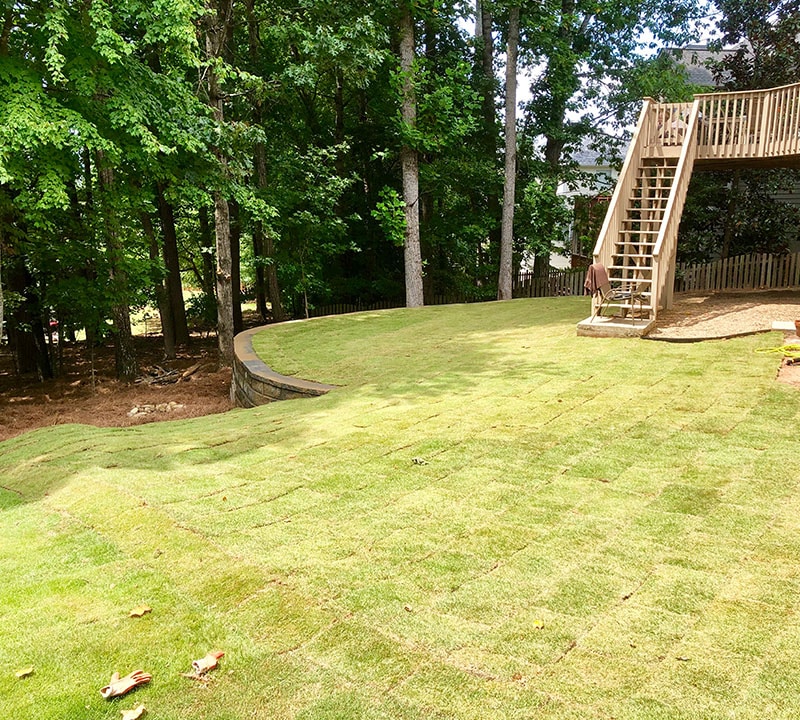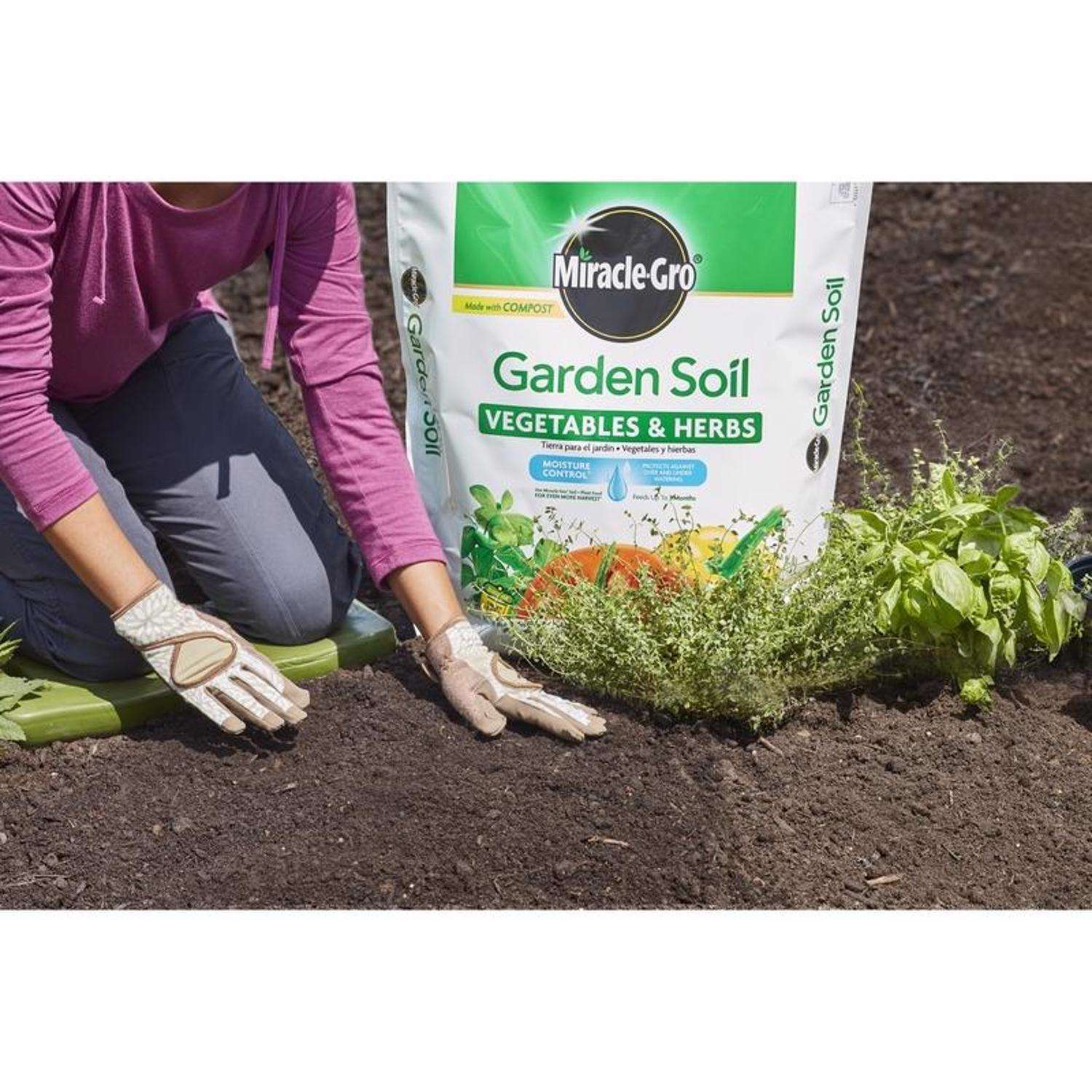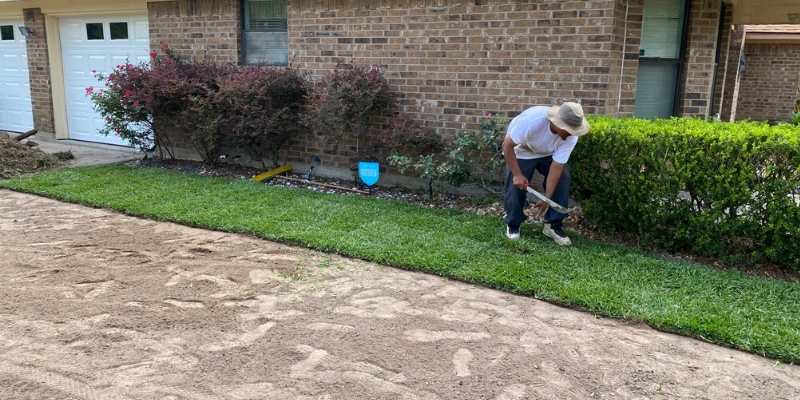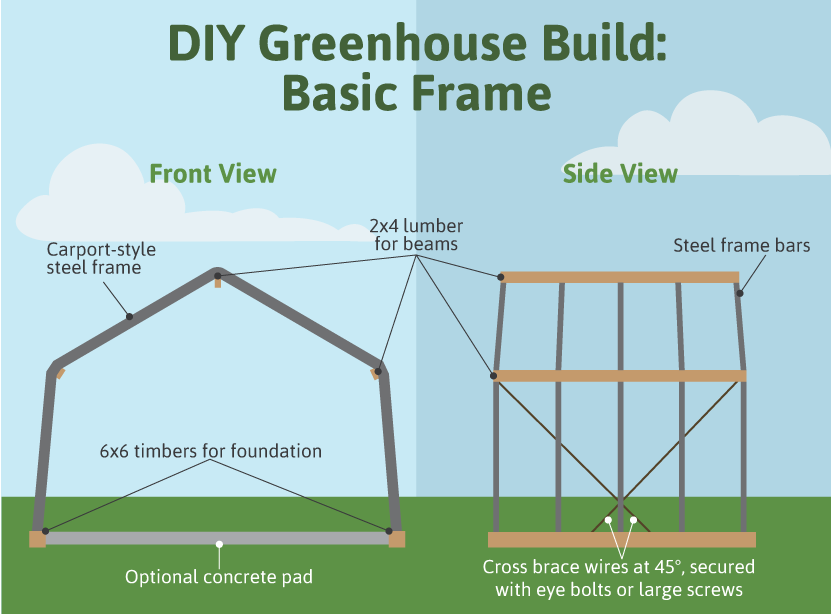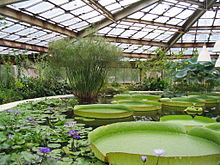Mastering Hydroponic Nutrient Solutions for Healthy Plants
In the detailed world of hydroponic gardening, attaining ideal plant growth and health depends greatly on understanding the art of nutrient remedies. Effectively balancing necessary nutrients, comprehending the fragile dance of pH degrees, and making sure water top quality are simply a couple of items of the problem in cultivating prospering plants without soil. As we dig right into the intricacies of hydroponic nutrient remedies for healthy plants, a thorough approach to nutrient monitoring comes to be the foundation of success in this innovative growing technique.
Relevance of Proper Nutrient Equilibrium
Maintaining the correct equilibrium of nutrients is vital for the optimum growth and growth of plants in hydroponic systems. Hydroponic plants depend entirely on nutrient solutions supplied by cultivators, making it important to offer the appropriate combination and concentration of elements for healthy and balanced growth. Nutrient balance directly affects the plant's capability to photosynthesize, take in water effectively, and withstand conditions.
Imbalances can lead to shortages or toxicities that prevent plant development. Tracking and readjusting the nutrient service frequently is crucial to guaranteeing plants obtain the ideal mix they require for each development stage.
Recognizing Ph Levels
A crucial element of hydroponic plant treatment entails understanding the significance of pH levels in the nutrient remedy. pH degrees determine the level of acidity or alkalinity of a solution and are critical for plant nutrient uptake. In hydroponic systems, preserving the correct pH variety is crucial for optimal plant growth and development. The majority of plant species like a somewhat acidic pH array between 5.5 and 6.5, where nutrients are most readily available for absorption.

Water Top Quality Considerations
Water top quality can significantly impact the development and health and wellness of plants in a hydroponic configuration. Furthermore, keeping an eye on the water's pH degrees, electric conductivity (EC), and overall dissolved solids (TDS) is crucial to make certain that the nutrient option continues to be well balanced and appropriate for plant uptake.
Another critical factor to take into account is the water temperature level. Water that is as well warm or too cool can stress the plants and prevent nutrient uptake, bring about stunted development or nutrient deficiencies. Preserving the water temperature within the optimum variety for the particular plant species being grown is essential to maximizing development capacity. Frequently testing the water quality and making essential modifications will aid produce a healthy and balanced environment for plants to grow in a hydroponic system.
Crucial Nutrients for Plant Development
Offered the important function of water top quality in hydroponic plant cultivation, the discussion currently shifts to checking out the necessary nutrients essential for ideal plant development. Plants require a variety of nutrients to thrive in a hydroponic system. The primary macronutrients crucial for plant growth are phosphorus, nitrogen, and potassium. Nitrogen is critical for leafy eco-friendly growth, phosphorus aids in root growth and blossom production, while potassium helps with overall plant vigor and illness resistance.
In enhancement to macronutrients, plants additionally require additional nutrients such as sulfur, magnesium, and calcium. Calcium plays a vital role in cell wall structure, magnesium is a vital element of chlorophyll, and sulfur is necessary for amino acid manufacturing. In addition, trace elements like iron, manganese, zinc, copper, molybdenum, boron, and chlorine are called for in smaller sized quantities however are equally essential for enzyme function, photosynthesis, and overall plant health and wellness.
Stabilizing these crucial nutrients in the hydroponic nutrient service is crucial to make certain plants receive all the aspects they require for robust growth and development. Surveillance and readjusting nutrient degrees based on plant development stages is important to maintain a effective and healthy and balanced hydroponic system.
Tips for Nutrient Solution Monitoring
To enhance plant development and wellness in hydroponic systems, effective management of nutrient remedies is essential. Here are some suggestions for efficient nutrient service monitoring:
Routine Surveillance: Monitor pH degrees, electrical go to this web-site conductivity (EC), and nutrient degrees often to guarantee they are within the optimum range for the certain plants being expanded. (The Indoor Earthworm)
Adjust pH Levels: pH levels can affect nutrition availability to plants. Keep the pH within the recommended range (generally 5.5-6.5 for the majority of plants) by utilizing pH insurers.

Maintain Proper Temperature: Keep the nutrient option at a proper temperature (usually in between 65-75 ° F) to stop nutrient discrepancies and microbial growth.

Sanitation is Key: Frequently tidy and sanitize reservoirs, pumps, and other hydroponic system elements to stop algae, bacteria, This Site and mineral accumulation.
Verdict
In conclusion, mastering hydroponic nutrient solutions is vital for maintaining healthy and balanced plant development. By making certain proper nutrient balance, understanding pH degrees, considering water high quality, and supplying vital nutrients, plants can thrive in a hydroponic system (The Indoor Earthworm).
As we dive into the intricacies of hydroponic nutrient solutions for healthy and balanced plants, a careful method to nutrient monitoring ends up being the cornerstone of success in this ingenious growing technique.
Water that is as well warm or as well cold can emphasize the plants and hinder nutrient uptake, leading to stunted growth or nutrient shortages.Offered the critical duty of water high quality in hydroponic plant cultivation, the discussion now shifts to checking out the necessary nutrients required for optimum plant growth.In conclusion, understanding hydroponic nutrient solutions is necessary for maintaining healthy plant development. By ensuring appropriate nutrient equilibrium, understanding pH degrees, taking into consideration water internet top quality, and supplying essential nutrients, plants can flourish in a hydroponic system.
